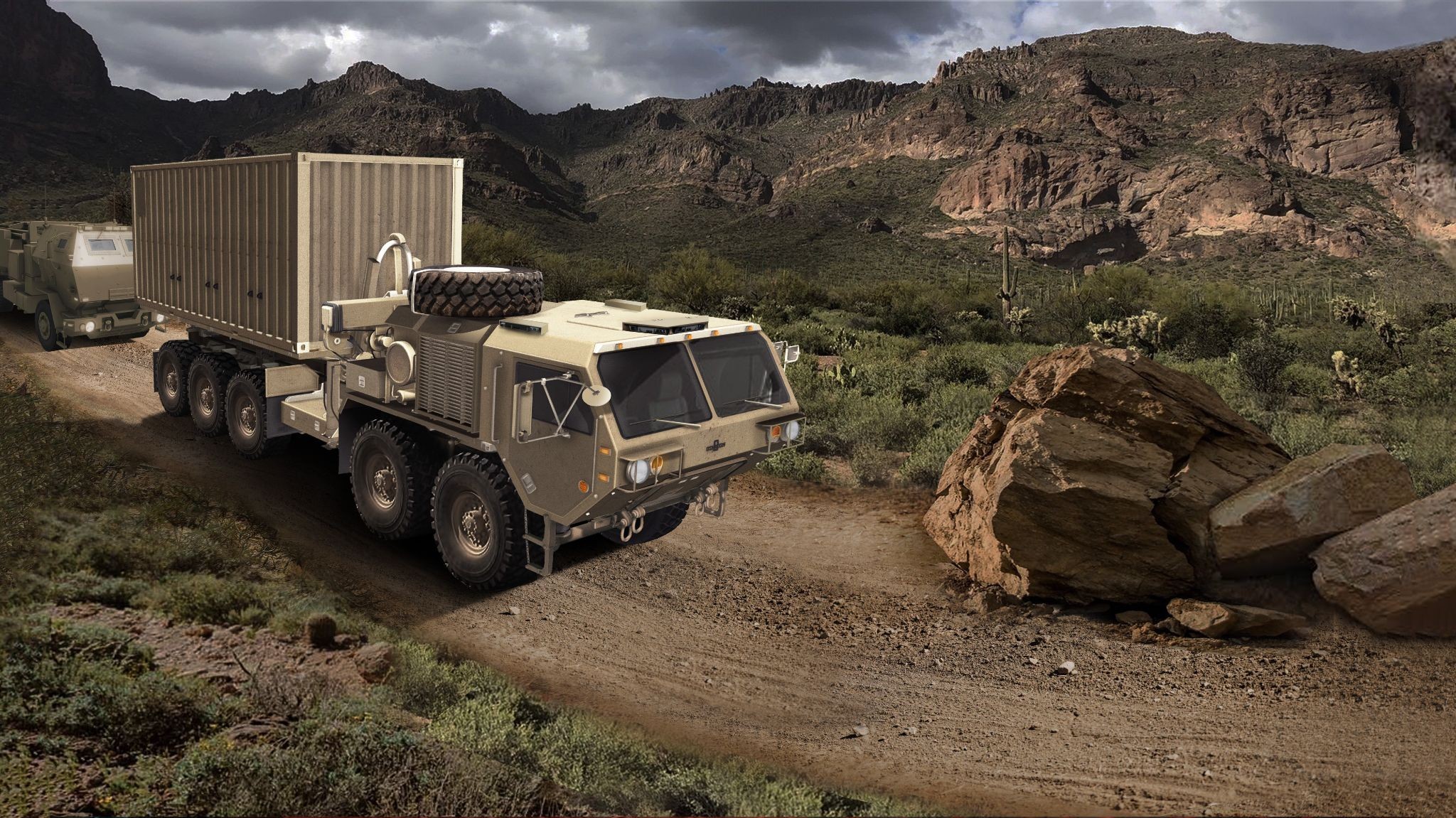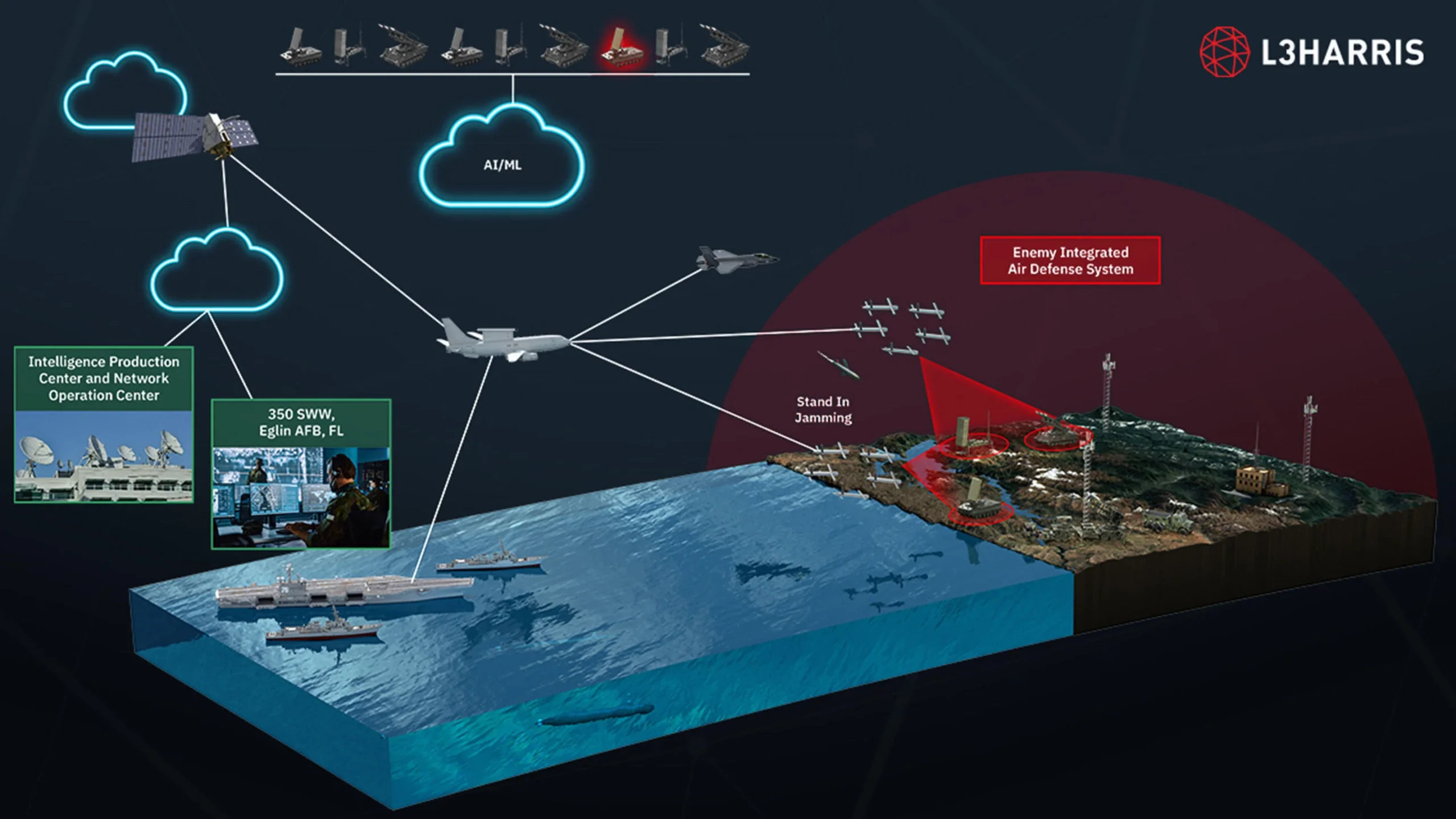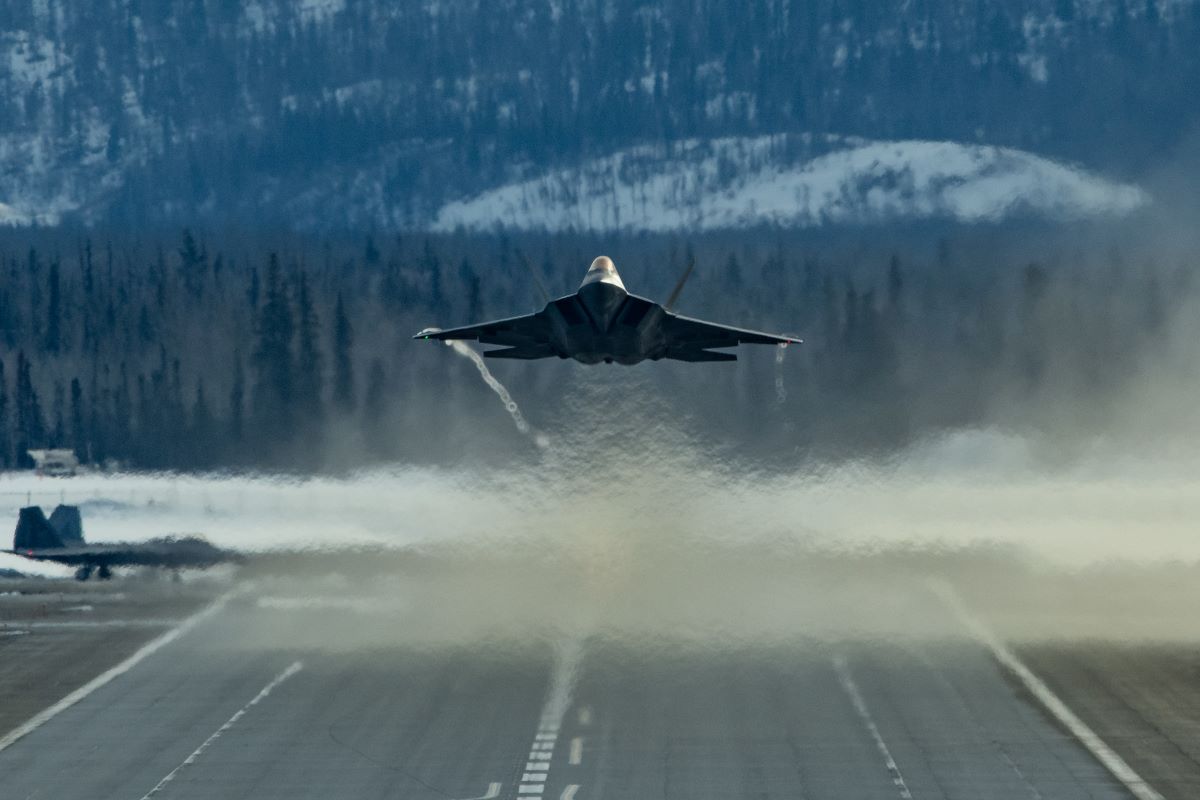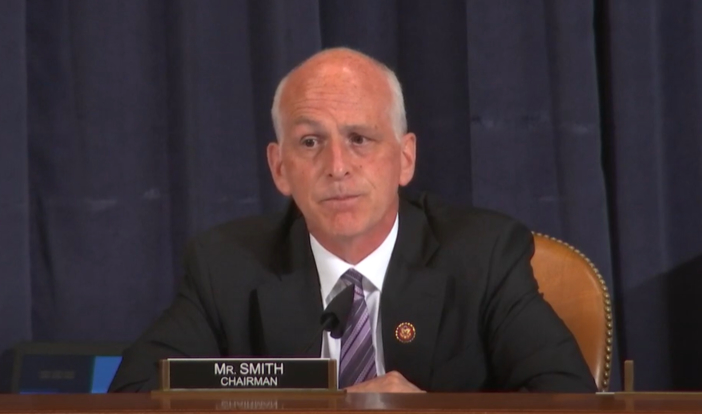Will the U.S. Air Force need to build new ICBM “launch facilities”–siloes–to accommodate the LGM-35A Sentinel?
“Looks to me like they’re going to have to,” says Sen. Angus King (I-Me.), the ranking member of the Senate Armed Services Committee’s strategic forces panel.
The provision of multiple warheads, countermeasures, and increased range to hit China means the design of the Northrop Grumman [NOC] Sentinel is significantly larger than that of the current Boeing [BA] Minuteman III.
The Air Force fielded 450 Minuteman siloes between 1962 and 1967, of which 50 are decommissioned but may be brought back for future testing. Experts have said that placing Sentinel in Minuteman siloes may lead to several degrees of tilt in such siloes.
The first operational Minuteman fielded on Oct. 27, 1962 at Malmstrom AFB, Mont., during the Cuban Missile Crisis.
Air Force Global Strike Command (AFGSC) has been planning to “renovate all 450 existing launch facilities in the missile fields to like-new condition”–siloes under the three missile wings at F.E. Warren AFB, Wyo., Minot AFB, N.D., and Malmstrom.
“We’re looking at that right now,” Air Force Gen. Thomas Bussiere, the head of AFGSC, told Defense Daily affiliate publication Exchange Monitor on Tuesday when asked whether the Air Force needed new siloes for Sentinel rather than modernizing and reusing the Minuteman siloes. “The acquisition professionals and my operators are part of the process post Nunn-McCurdy looking at how we do that. It hasn’t been decided by the department yet, but I’m optimistic that we’ll come up with some good ideas.”
On Jan. 18 last year, the Air Force said that it notified Congress that Sentinel had breached Nunn-McCurdy guidelines, primarily due to construction design changes, and then DoD acquisition chief William LaPlante ordered a root-cause analysis. The latter led last summer to the DoD decision to continue the program, due to its stated importance to strategic deterrence, but also to the rescinding of the Sentinel Milestone B engineering and manufacturing development (EMD) go ahead from 2020 (Defense Daily, July 8, 2024).
Last summer, the Air Force pegged Sentinel cost at $140.9 billion, 81 percent higher than the September, 2020 estimate when the program was approved for EMD–a rise that DoD said has less to do with the missile than the command-and-control segment, including siloes, launch centers, “and the process, duration, staffing, and facilities to execute the conversion from Minuteman III to Sentinel.”
Initial operational capability (IOC) for Sentinel now looks to be years past the Air Force’s initial goal of May 2029 for Sentinel IOC.
A spokesman for Northrop Grumman, the prime contractor, said, “As a nationwide industry team, we are performing and meeting our commitments under the EMD contract, maturing the design and reducing risk as we prepare for production and deployment of this essential, national security capability. At this time, we defer questions to the Air Force Public Affairs Office.”
In contrast to the massive civil works projects that is to surround Sentinel–a ground infrastructure effort not undertaken for more than 60 years, experts said that the Sentinel missile has met requirements laid out by the Air Force.
LaPlante said last summer that in “hindsight,” Sentinel should not have been approved to start EMD. He also said the “knowledge” around the ground segment in 2020 “was insufficient in hindsight to have a high-quality cost estimate.” That knowledge is more mature now, he said at the time.
Bussiere said on Tuesday that a “re-establishing” of Milestone B is to occur in the next 18 months.
DoD said last summer that the ongoing Sentinel restructuring will address “root causes” of the breach, create a management structure to “control” future costs, and scale down/simplify missile siloes to speed the transition from Minuteman III to Sentinel.
Fiber optic, high-bandwidth cables to replace the Minuteman III’s underground network of the copper wired Hardened Intersite Cable System (HICS) may allow a halving of the number of ICBM Launch Control Centers from the 45 now under the three ICBM bases.
Air Force plans have called for a Sentinel launch center for at least 24 of the missile alert facilities and for 3,100 miles of new utility corridor for Sentinel.
The civil works for Sentinel may also include hardening siloes to account for improved accuracy of Russian and Chinese nuclear missiles.
On Tuesday, Sen. King said that he is worried that the cost-cutting Department of Government Efficiency “may not understand the strategic importance of this project [Sentinel] and just say, ‘Oh. Here’s a big pot of money.'”
Trump also recently called for
reductions in U.S., Russian, and Chinese nuclear arsenals and said that the U.S. has “no need” to build new nuclear weapons, yet the right wing Heritage Foundation’s Project 2025, which may serve as a blueprint for Trump administration policies, called for possible fielding of more than the 634 Sentinel missiles planned and an acceleration of Sentinel “development and production…to reduce the risk inherent in an aging Minuteman III force in light of China’s nuclear modernization breakout” (Defense Daily, Feb. 14).
A “Memo to Trump” last month from a researcher at Bulletin of the Atomic Scientists advised a reduction in Minuteman IIIs to 300, a cancellation of Sentinel and a service life extension for the Minuteman III.
“Reviews by military officials and experts support a reduction in the number of deployed ICBMs,” the memo said. “The Sentinel program’s cost and schedule challenges have become untenable and unacceptable for U.S. taxpayers, particularly for a program that is not necessary for national security. We must prioritize government efficiency by slashing wasteful spending, streamlining modernization programs, and not allowing the legislative branch alone to dictate the U.S. nuclear posture.”
Sarah Salem contributed to this report from Washington.

